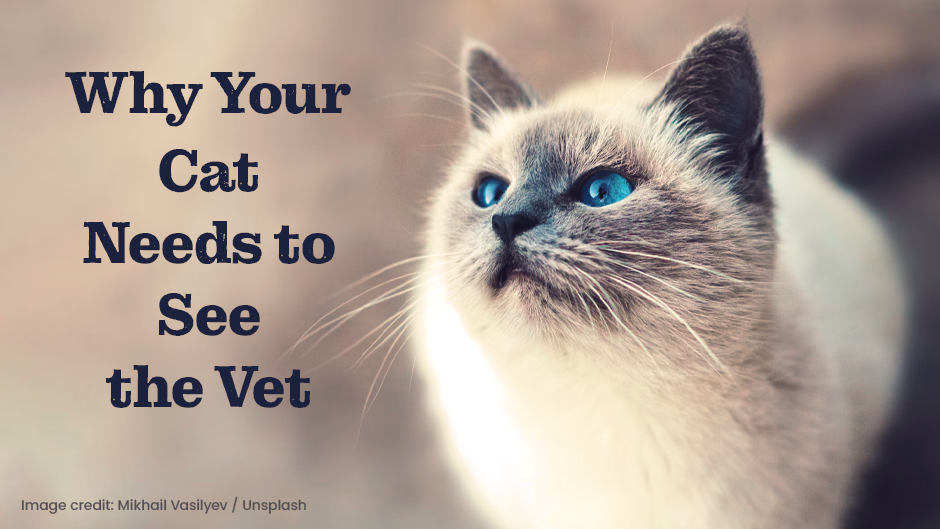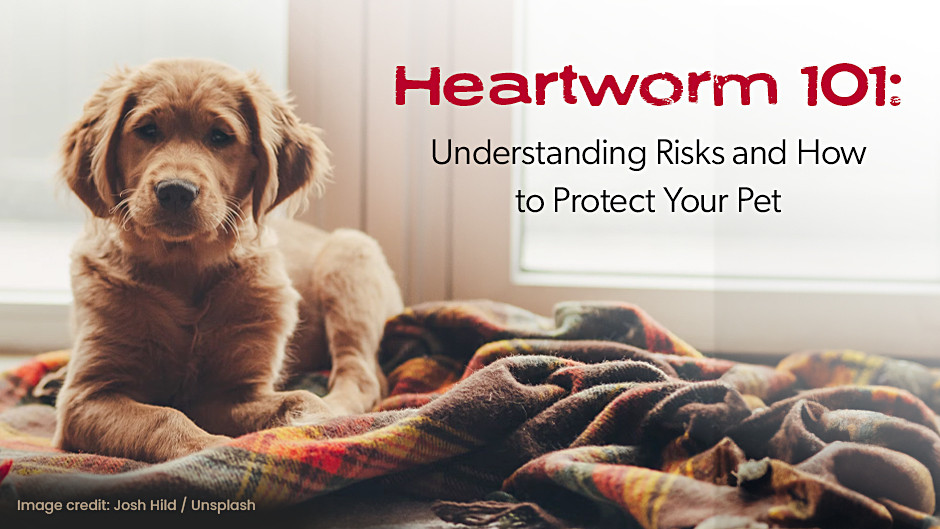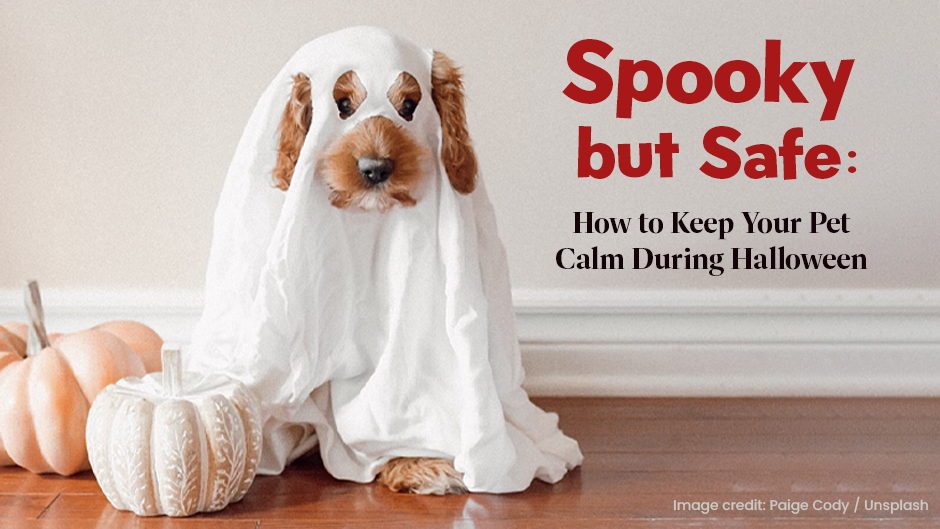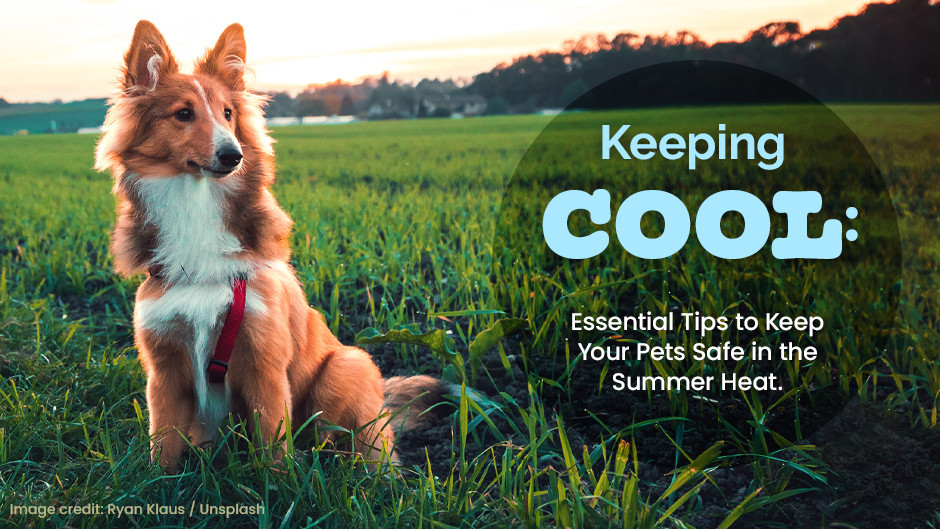Pet Health Articles
Protect Your Cat from Feline Panleukopenia

2018-02-23
Feline what? That's what I thought when I heard that this month's post was about feline Panleukopenia. If you haven't heard of the disease, that's a good thing. It means that routine vaccination has done a good job of wiping it out. Sadly, kittens and some older cats are still at risk. Keep reading to find out why.
Sincerely,
Carlos
Although feline panleukopenia was once a leading cause of death among cats, it’s now a rarely-seen and vaccine-preventable disease. Some people also refer to feline panleukopenia as feline distemper or feline parvo. However, the feline versions of both distemper and parvo differ from the canine versions. Neither one can affect humans.
A Highly Contagious Disease
Feline panleukopenia starts when a cat or kitten acquires feline parvovirus. The disease has a much more severe impact on kittens than adult cats. It creates a virus that attacks cells that grow and divide the fastest, such as the bone marrow or intestines. Unborn kittens can acquire the virus from the placenta of their mother.
Feline panleukopenia starts when a cat or kitten acquires feline parvovirus. The disease has a much more severe impact on kittens than adult cats. It creates a virus that attacks cells that grow and divide the fastest, such as the bone marrow or intestines. Unborn kittens can acquire the virus from the placenta of their mother.
Common Feline Panleukopenia Risk Factors
Most kittens and cats face exposure to the feline parvovirus at some point since it is common. Those with the greatest risk of developing feline panleukopenia include unborn and newborn kittens, unvaccinated cats, and cats who already suffer from poor health. Three to five months is the most typical age of diagnosis. Unfortunately, this is also when feline panleukopenia causes the most deaths.
Most kittens and cats face exposure to the feline parvovirus at some point since it is common. Those with the greatest risk of developing feline panleukopenia include unborn and newborn kittens, unvaccinated cats, and cats who already suffer from poor health. Three to five months is the most typical age of diagnosis. Unfortunately, this is also when feline panleukopenia causes the most deaths.
This disease typically spreads in animal shelters, kennels, pet shops, and cat colonies where groups of cats are together in smaller spaces. Veterinarians in every region of the United States as well as many foreign countries have reported active cases of feline panleukopenia. It’s most common during warmer months when people with domesticated cats let them outside. This increases the likelihood of contact with a cat who already has the disease or who has never received a vaccination.
How Cats Acquire an Infection and Receive a Diagnosis
When a cat already has the virus, she sheds it over a period of one to two days through urine, feces, and sneezing. A cat without feline panleukopenia can acquire it when she comes into contact with these discharges. Even though the time an infected cat sheds the virus is short, it can live for up to one year in the environment. That’s why it’s important to separate infected and uninfected cats. Direct contact isn’t required to transmit the virus since a cat can pick it up from a cage, food bowl, or bedding just as easily. The virus is also highly resistant to disinfectant spray.
When a cat already has the virus, she sheds it over a period of one to two days through urine, feces, and sneezing. A cat without feline panleukopenia can acquire it when she comes into contact with these discharges. Even though the time an infected cat sheds the virus is short, it can live for up to one year in the environment. That’s why it’s important to separate infected and uninfected cats. Direct contact isn’t required to transmit the virus since a cat can pick it up from a cage, food bowl, or bedding just as easily. The virus is also highly resistant to disinfectant spray.
If you’re concerned that your cat could have acquired feline panleukopenia, look for these symptoms:
- Dehydration
- Depressed mood
- Diarrhea
- Fever
- Lack of appetite
- Lethargy
- Nasal discharge
- Vomiting
When a pregnant cat has feline panleukopenia, she will typically miscarry or give birth to a litter of kittens with severe brain damage and body tremors.
Treatment and Outlook for Feline Panleukopenia
It’s rare for a kitten under eight weeks old to survive with this disease. Additionally, 90 percent of kittens and cats older than that will have a fatal outcome unless they receive treatment. Because no medication exists that’s capable of killing the virus, treating an infected cat typically involves keeping him hydrated, providing appropriate nutrition, and ensuring that he doesn’t acquire a secondary infection. Once an infected cat makes it five days, the odds of survival increase dramatically.
It’s rare for a kitten under eight weeks old to survive with this disease. Additionally, 90 percent of kittens and cats older than that will have a fatal outcome unless they receive treatment. Because no medication exists that’s capable of killing the virus, treating an infected cat typically involves keeping him hydrated, providing appropriate nutrition, and ensuring that he doesn’t acquire a secondary infection. Once an infected cat makes it five days, the odds of survival increase dramatically.
Feline panleukopenia, also known as distemper, is part of a core vaccine that includes rabies, calicivirus, and rhinotracheitis. Your cat should receive this vaccine at her preventive care appointment. Please schedule an appointment with Buffalo Companion Animal Clinic if your cat doesn’t have this required vaccine yet.
Photo Credit: Milkos / Getty Image









